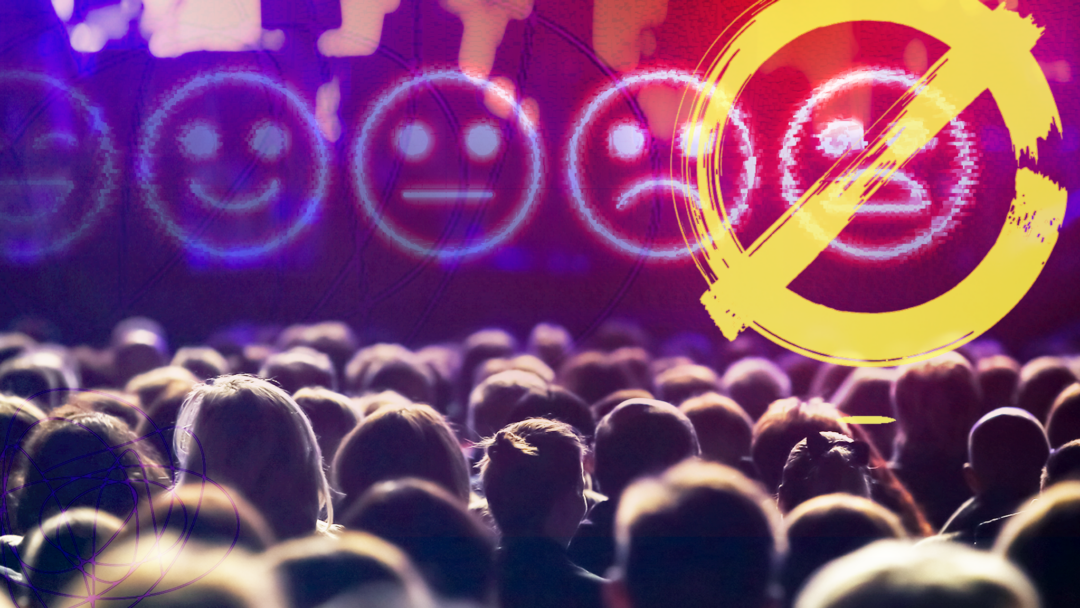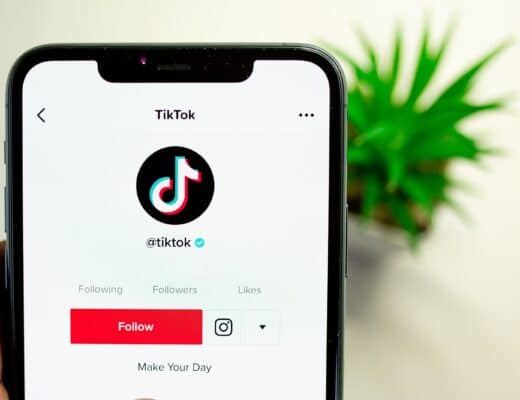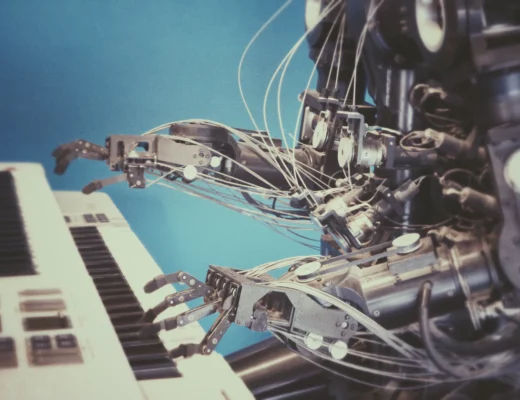While grassroots venues are struggling to get people through their doors and stay afloat in the UK, large-cap venues have become host to a different issue; the decline in post-pandemic gig etiquette among music fans, reflecting a confluence of social, psychological, and cultural shifts.
If you’ve been unlucky enough to go to a gig recently which draws a predominantly Gen Z crowd, you will already be painfully aware of how younger crowds are using artists’ live performances as platforms for their main character moments, or far more disturbingly, to exhibit as much attention-seeking disrespect as possible.
For many Gen Z, raised in the digital era, the boundary between living an experience and showcasing it has blurred. At gigs, this can manifest as a desire to dominate the moment, turning a communal experience into a backdrop for personal storytelling, and ruining the experience for everyone comfortable to let the performing artist take all of the spotlight.
In this article, we will track a few of the disconcerting new trends exhibited by music fans, spurred on by the social ineptitudes as a result of pandemic isolation and the insatiable desire for fame, resulting in gig-goers not being content with just being a face in the crowd and simply just enjoying a collective and communal experience.
The Rise in Exhibitions of Main Character Syndrome at Live Music Events
The narcissism which breeds in the domain of TikTok is spilling into the physical world – no place is safe from their high-decibel amateur dramatics. From airports becoming the perfect place to scream “BOMB….bastic, just to add to the travel anxiety of already stressed to the eyeballs bystanders, to gigs becoming auditoriums for their incessantly desperate attention-seeking tendencies.
Blowing up on TikTok is one of the only ways for artists and bands to capture the attention of younger audiences. However, viral TikTok fame can be a blessing and a curse; take Mitski’s audiences as a prime example. One video of a Mitski live performance captures ‘fans’ using the quiescent parts of her performances as opportunities to relentlessly meow at her (?!?!), and scream “mother” at her (she’s 33).
@hypesage Mitski fans, are you ok? 😭 #mitski #concert #concertetiquette #mitskitok #mitskishuffle #alexg #sandyalexg #indierock #indiemusic #midwestemo #concert #thegardenband #thegarden #vadavada #wyattshears #fletchershearssupremacy #shoegaze #slowcore #hardcoremusic #sunami #slowdive #duster #dusterband #dropnineteens #glareband #hypesage #deftones #indiememes #musicmemes #aphextwin
I saw the infuriating spotlight-grabbing narcissism first-hand at Mother Mother’s gig at Brighton Dome; a girl next to me decided it would be appropriate to scream the lyrics in the face of a guy who probably instantly regretted attending with her, with both hands on his shirt, she was living for her own hysteria while her back was turned on the band in complete disregard of how her discordant tones were drowning out the band for everyone surrounding her. But the self-obsessed behaviour doesn’t stop there.
Worryingly, while it’s not an entirely new phenomenon, there is a growing trend of music ‘fans’ throwing objects at musicians while they’re performing, psychologists have attributed this new fucked up trend as a confluence of over-excitement and wanting a slice of their own fame.
Perhaps seeing a musician receive so much zealous attention from other attendees is too bitter-sweet for some people who have convinced themselves that they are equally deserving of their time in the spotlight in spite of having no discernible talents themselves.
From Cardi B being drenched by someone’s drink while performing to Kid Cudi having to walk off his headline set at Rolling Loud in Miami after being relentlessly bottled to someone throwing their dead mum’s ashes at Pink on stage, the trend is as impossible to ignore, and if it is a shape of things to come, the future of live music events doesn’t seem promising.
@elliaunamcroberts So sad! Kelsea having a bracelet thrown at her in Boise! 🫣😞 #kelseaballerini #boise #heartfirsttour
How Audiences of All Ages Lost Their Gig Etiquette During the Pandemic
It is far from just Gen Z who have lost the ability to exhibit gig etiquette at live music events following the pandemic. Music fans of all ages re-entered the arena of live music with a complete disregard for how their behaviour ruined the experiences they had been waiting 18 months for.
The Crescendo of Pent-Up Energy: The pandemic was a long, silent interlude in the world of live music. When the curtains finally rose again, there was an outpouring of pent-up energy. This resurgence, while invigorating, also led to a cacophony of over-exuberance. The audience, starved of live performances, may have forgotten the subtler notes of gig etiquette in their eagerness to immerse themselves in the live music experience once more.
A Shift in Social Dynamics: The pandemic was a period of isolation, leading to a diminuendo in social interactions. This has inadvertently affected people’s ability to navigate crowded, communal spaces like gigs. The social skills once used to harmonise with fellow concert-goers may have dulled, leading to a more discordant atmosphere.
The Dissonance of Digital Interaction: During the lockdowns, screens were the stages. This digital shift altered the way people interacted with music and artists. The anonymity and distance provided by online platforms may have led to a more detached, less empathetic approach to engaging with live performances and respecting fellow audience members.
Economic and Psychological Pressures: The pandemic was not just a health crisis but also an economic and psychological one. These pressures may have left some concert-goers with heightened stress or anxiety, which can manifest in less considerate behaviour.
The Evolution of Music Consumption: The way people consume music has been changing, with a focus on personal, curated experiences through streaming services. This shift might influence gig-goers’ expectations and behaviour, as they adjust from a personalised listening experience to a communal one.
–
In conclusion, the post-pandemic landscape of gig etiquette sees various elements – psychological, social, and cultural – play their parts. We are still living through a period of readjustment, where the audience and performers alike are relearning the rhythm of live music and the harmony of shared experiences. Hopefully, the respectful and communal spirit that characterises the best of gig experiences will make a comeback, but it isn’t likely that will happen without a certain degree of accountability put on music fans intent on ruining experiences.
Article by Amelia Vandergast





No Comments